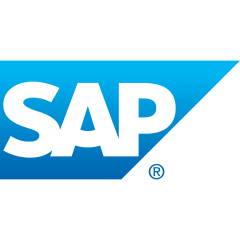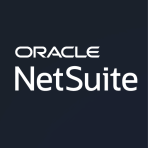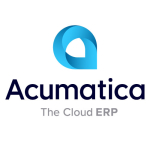We were migrating from our in-house ERP solution to the solution, which was a more corporate-centralized solution. My role was to lead the team in mapping our processes with the central team. We aimed to find synergies and learn how to handle processes that weren't directly covered.
Sales data processing was cumbersome with many mandatory inputs. We normalized this by pulling the data out, manipulating it, and sending it back. We also had unique requirements for controlling product availability, ATP checks, and prioritization for certain customers. These were areas specific to our business model that we handled outside the tool.
I have been working with the product since 2017.
Our Singapore team contacted SAP's technical team. I found them in tune with our needs and understanding from my limited interaction. They took time but provided solutions to meet our requirements.
The solution helped us save money and time, especially as part of a global central platform. It allowed for standardized, optimized processes across all entities in our global organization. When one entity develops an optimized practice, it becomes available to everyone. This brings both tangible and intangible benefits.
The time it takes to see benefits varies. For a new optimization like procurement planning, it might take 12-18 months to see results. For shorter-term projects like monitoring investments, we might see the impact in three to six months. It depends on the complexity and scope of the project. You can't expect immediate results like adding spice to soup—it takes time to see the effects of these changes.
SAP S/4 Hana isn't cheap, but its value depends on how much you can leverage from it. It's not just about the system but how well your people are trained to use it and adapt to derive benefits.
No specific feature stood out as especially valuable. It's a well-established ERP solution, so all of it was good. We stuck to the original solution in some areas where we couldn't manipulate it much. Where needed, we used our development on an SQL platform, taking relevant data from the tool, manipulating it, and sending it back using interfaces.
We didn't use real-time analytics because we didn't need it. Our data refresh frequency of one to two hours was good enough for us. It wasn't about cost but necessity. We didn't want to load the system unnecessarily when our business needs were met with less frequent updates.
We used SAP S/4 Hana with other tools in our ecosystem. We extracted data through interfaces for multiple ancillary solutions. For example, we integrated it with our warehouse management system, not SAP's. We used real-time interfaces for some things, but for analytics like Power BI and SQL analytics, we updated data every one to three hours, depending on needs.
I'm a strong supporter of integration. You can't expect to have all the solutions on one platform. Different solutions excel in order processing, procurement planning, workflow management, or data analytics. Integration is the best way to combine these strengths.
Integrating tools with SAP S/4 Hana wasn't too difficult because we had a good technical team. It has standard interfaces for sharing critical data. It can be challenging without people who have in-depth knowledge of the modules and processes. But with the right team, it's just a matter of good design, testing, and rollout.
We didn't use AI features as our implementation was in 2017-2019 before AI became prominent. I haven't worked with other equivalent platforms, but from what I hear, the tool is among the top. Nothing is perfect, as it's all man-made, so I'd rate it an eight out of ten.















